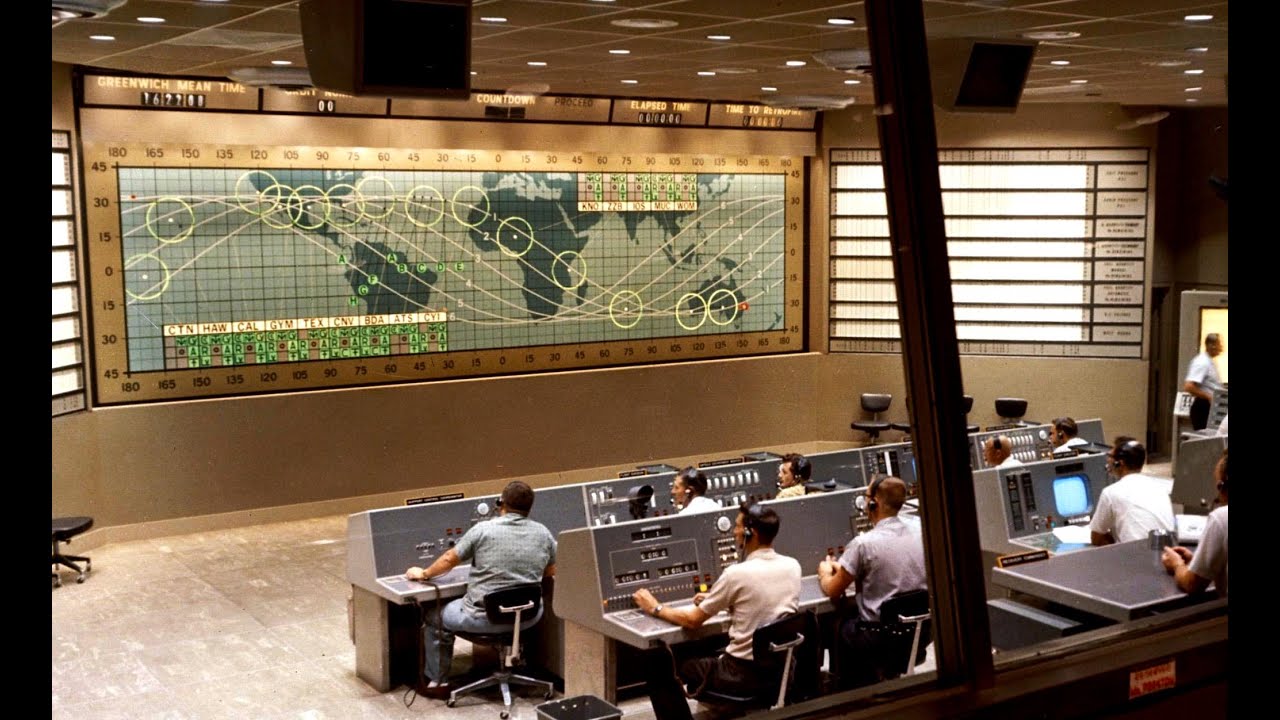Early launch control facilities at Cape Canaveral were usually placed in explosion-proof blockhouses located in the vicinity of the launch pad to reduce the length of the many cables routed from the rocket to countdown and flight control consoles. The Project Mercury manned suborbital and orbital flights required active monitoring and control during flights which ranged in duration from 15 minutes to more than 34 hours. For this, the Mercury Control Center was built at Cape Canaveral, and all of the unmanned and manned Project Mercury flights were controlled from there, linked to a global network of tracking stations, ships, and aircraft for orbital flights. The first three Gemini flights (two unmanned and the first manned mission) were also controlled from the facility, after which post-launch mission control was transferred to the Mission Control Center at the Manned Spacecraft Center (now Johnson Space Center) in Houston, Texas.
In 2010, the original Mercury Control Center was demolished. Its equipment was preserved, and a replica of the mission control room containing the restored original consoles and equipment was created at the Kennedy Space Center Visitor Complex.
